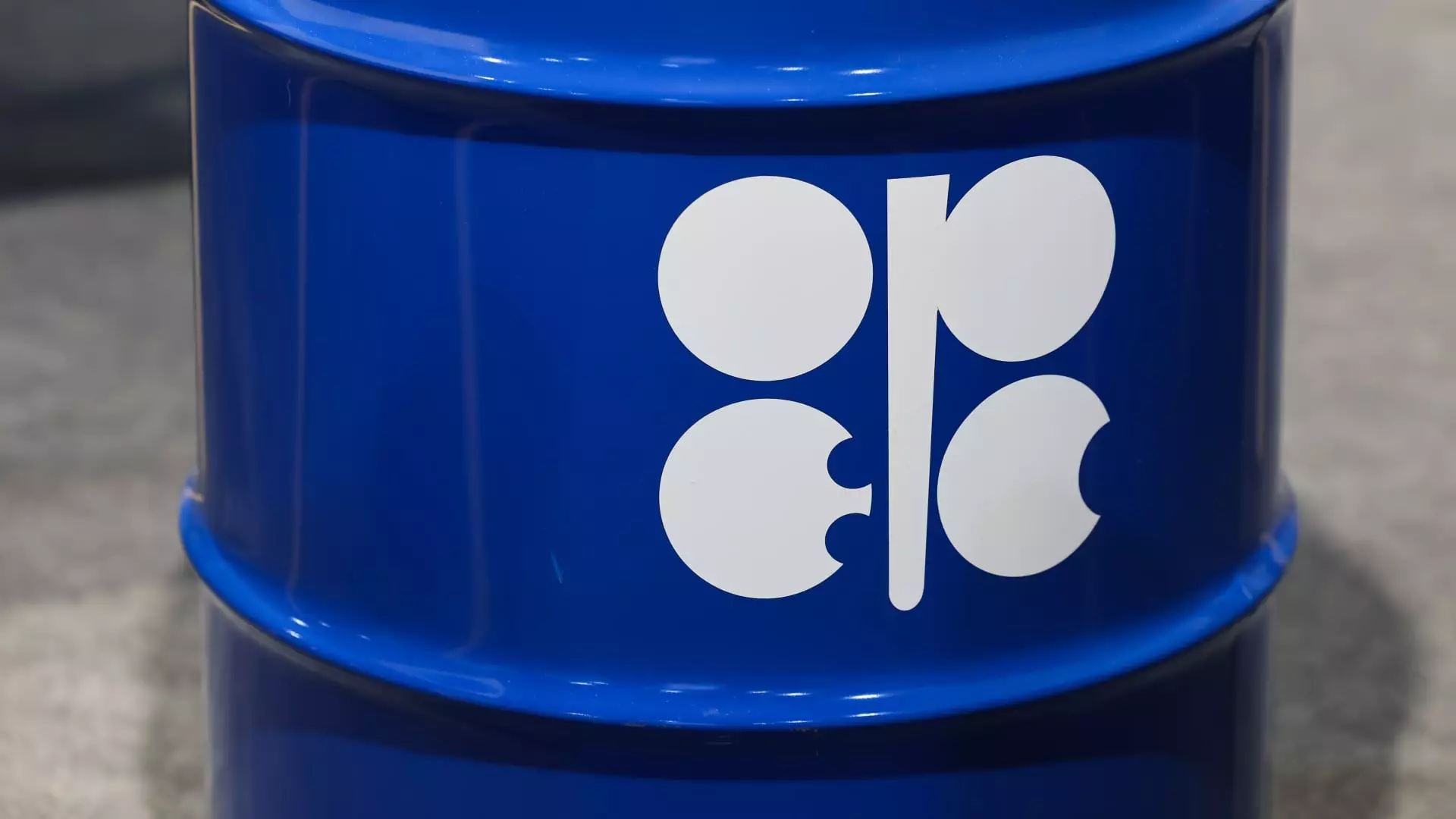In an unexpected twist within the global oil market, OPEC+ has maintained its audacious initiative, unveiling a significant increase of 411,000 barrels per day for July. This decision is not merely a routine adjustment; it is a calculated maneuver to regain market supremacy and retaliate against nations like Iraq and Kazakhstan that have flouted production agreements. For years, the consortium has implemented stringent production cuts, limiting output by over 5 million barrels a day, approximately 5% of global demand. These actions were ostensibly aimed at stabilizing prices, a tactic now being flipped on its head as OPEC+ reenters the fray with renewed vigor.
This provocative decision begs the question: what motivates OPEC+ to rekindle such aggressive production levels? The answer seems rooted in a desperate bid to recapture lost market share that dwindled during periods of oversupply, exacerbating previous price declines. Analysts suggest that this is more than just a strategic play; it is a battle cry enshrined in market fundamentals, where production volume is prioritized over price stability. The situation is particularly precarious for U.S. shale producers, already grappling with the pressures of increased competition. The recent dip in U.S. crude futures underscores this anxiety, as concerns grow that OPEC+ might escalate output even further.
The Geopolitical Implications and Market Reactions
The geopolitical landscape surrounding this decision cannot be overlooked. As OPEC+ convened online to deliberate on output strategies, a backdrop of rising tensions loomed within the alliance. Nation-states like Algeria expressed reservations about these production hikes, highlighting a rift in unity among members. This discord hints at the fragility of OPEC+’s coherence, as not all members align with the aggressive strategy. The voice of dissent raises critical questions about the viability of such collective actions in an increasingly competitive global market.
The market’s response has been swift and telling. Brent crude prices are slipping, and the impact is felt broader than just price fluctuations. Lower oil prices yield a domino effect, affecting economies reliant on oil revenues while sparing consumers from exorbitant costs. However, the repercussions for American shale producers could render them increasingly vulnerable, as these increased output levels threaten their already precarious profitability. With OPEC+ pumps controlling around half the world’s oil supply, the implications of their decisions reverberate through markets, economies, and consumer behavior alike.
The Paradox of Supply and Demand
OPEC+’s rationale revolves around a supposed balance between rising demand and effective supply. However, a paradox emerges: while the organization believes that the market is healthy enough to absorb additional barrels without drastic price declines, there are conflicting signs that this sentiment may not hold true. The assertion that demand is seasonally rising is met with skepticism, especially in light of macroeconomic indicators suggesting a potential slowdown in global economic activity.
Moreover, insiders and analysts are highlighting the ramifications of adhering to rigid output expectations without accommodating the real-world conditions of the market. The projected increase aims to put pressure on competing producers, but it risks igniting a price war that could lead to an all-out collapse in oil prices—a dire situation that would ultimately harm all producers, OPEC+ included.
The Road Ahead: What’s Next for OPEC+?
As OPEC+ garners attention for its audacious strategies, the road ahead appears fraught with uncertainty. The historical hesitance towards aggressive production increases, previously fortified by market volatility, has given way to an almost reckless abandon for volume over price. With existing production cuts lingering until 2026, the need for strategic recalibration is more urgent than ever.
Time will reveal whether OPEC+’s shock-and-awe tactics to dominate the oil market will pay off or backfire, igniting a spiral that ensnares the very producers it seeks to undermine. As these dynamics unfold, the eyes of both markets and policymakers will remain keenly focused on the moves of OPEC+, awaiting the next gambit in this high-stakes energy chess match. The boldness of OPEC+ is setting the stage for transformative changes in the oil landscape, the implications of which could reshape global power structures within the energy sector.

